The parish of St. Thomas is located in the centre of the island of Barbados. It is one of only 2 parishes which have no beaches, but its beauty and significance is not to be underestimated. With its gullies, caves, historical landmarks and other places of interest, St. Thomas is a must-see on your visit to the island.
Top Places to Visit in St. Thomas
Welchman Hall Gully
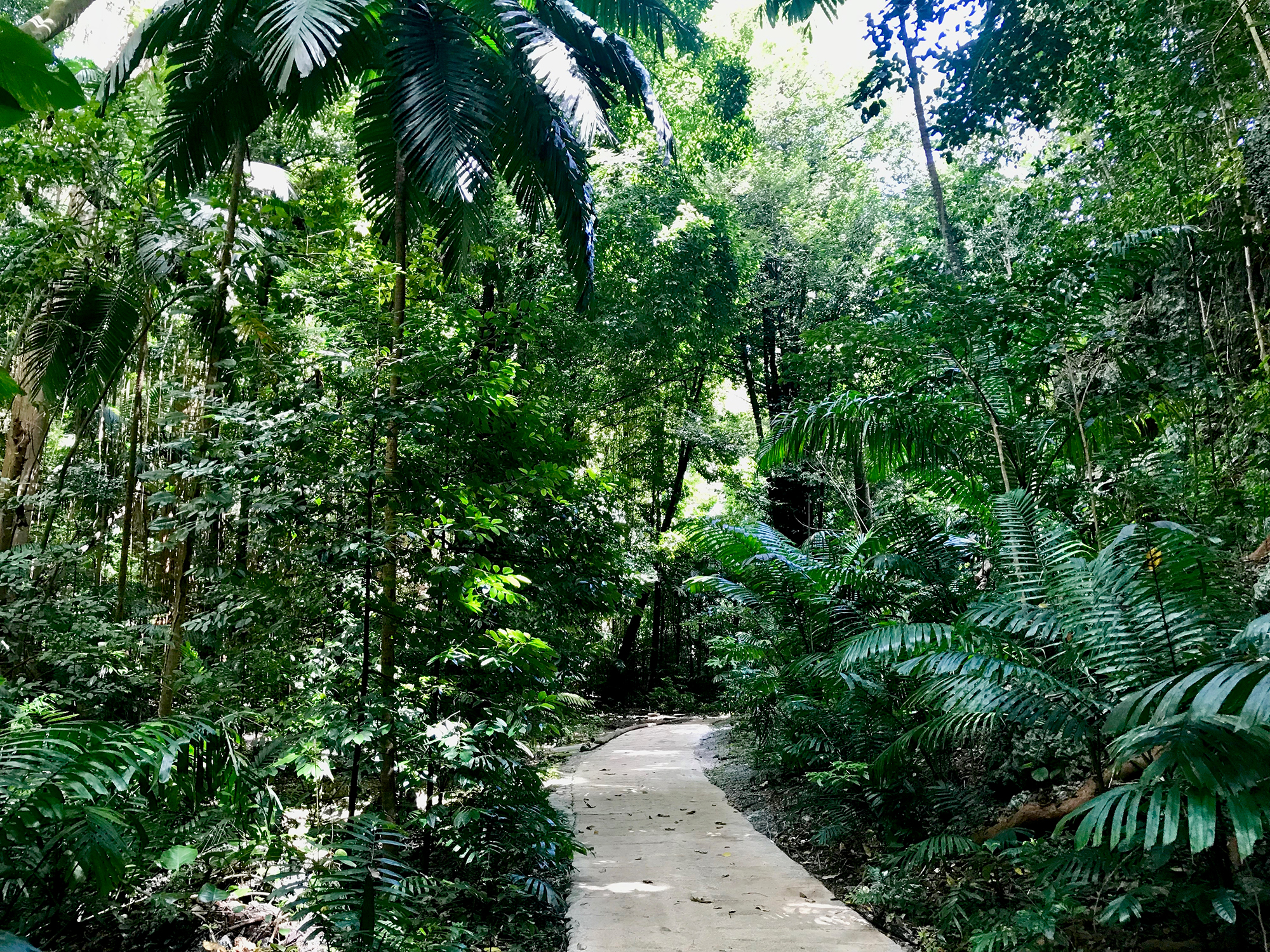
Speak to any St. Thomas resident and they will tell you that the parish has some of the most fertile soil on the island. A visit to Welchman Hall Gully will prove this. With hundreds of flowering plants growing wildly across Barbados, this gully alone is home to about 200 different species. It is a natural conservation space with continuing efforts to preserve the natural history of Barbados being undertaken through the Native Plant Restoration Project. But plants are not the only ones to call this space home. There are many animals to be seen while walking through. Look out for the butterflies, millipedes, hummingbirds and monkeys as you move along the path. And if you’re lucky, you may even see our blind, worm-like friend, the world’s smallest (and harmless) snake!
Harrison’s Cave
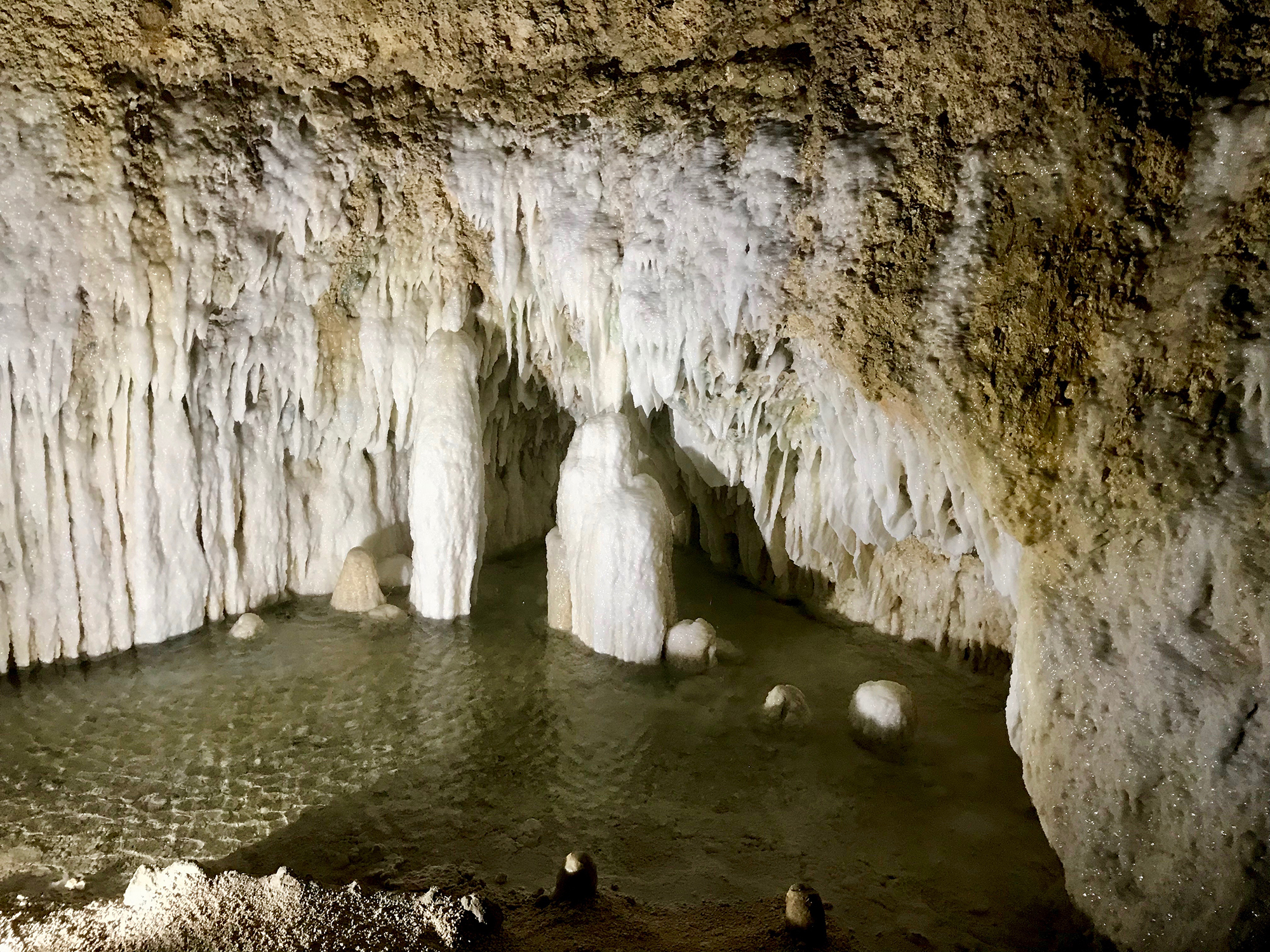
The beauty of the gully is undeniable, but there is also a natural wonder hidden below its surface – Harrison’s Cave. This is perhaps the most popular attraction in St Thomas. Few things compare to the splendour of Harrison’s and its limestone cave features, lit by the soft glow of candle-like light, while the soothing sound of underground streams and waterfalls provides a soundtrack to your experience. This spectacular experience has been open to the public since 1981. Visitors can enjoy a cooling drive on the tram tours of the cave which take you approximately 160 feet below the surface. Along the ride, knowledgeable and highly entertaining guides share stories of the history of the cave as well as trivia behind the naming of some of its formations.
Eco-Adventure Tour
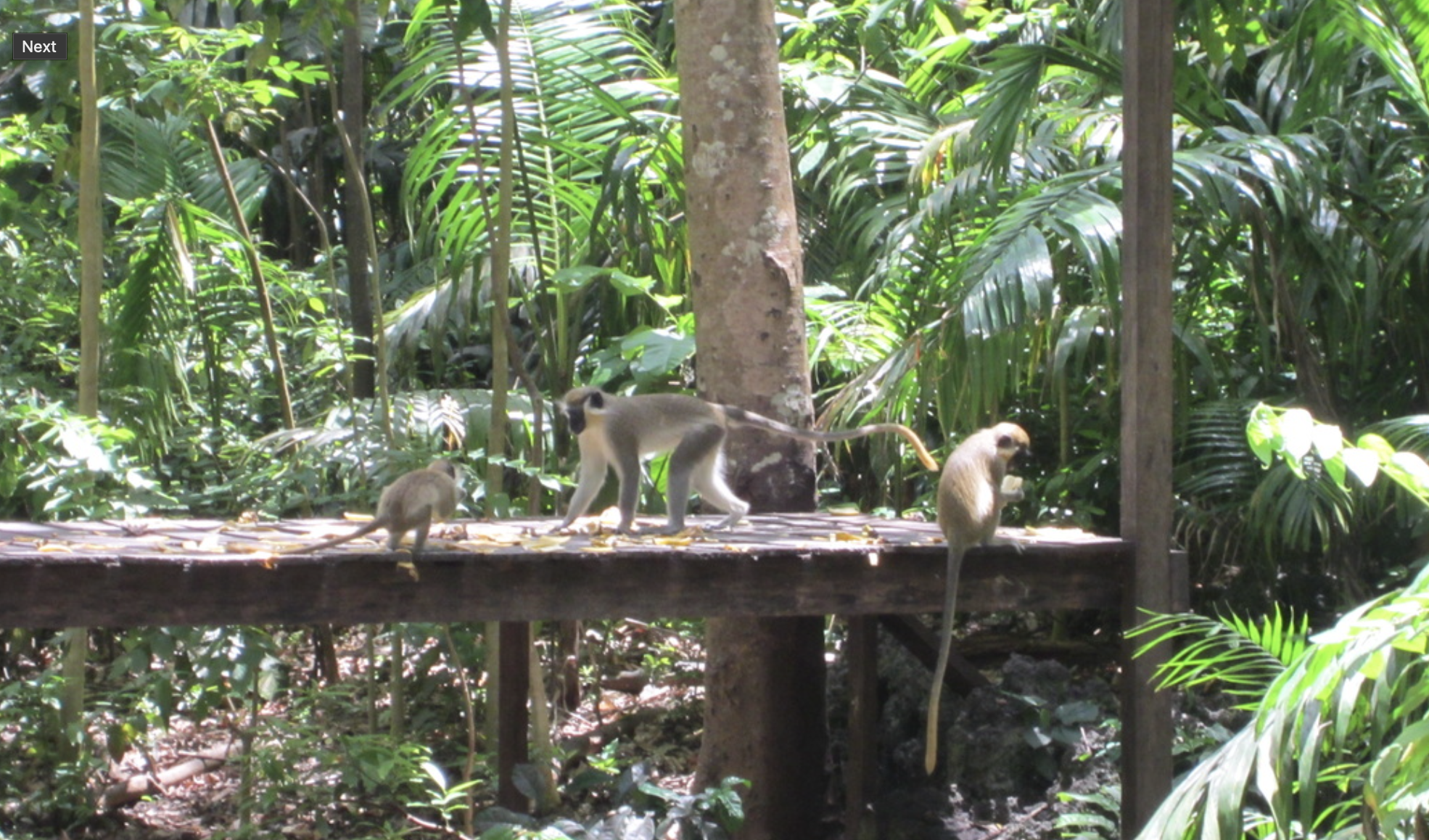
If you’re more of an adventurer at heart, don’t worry – there’s more than one way to explore the caves! Be prepared with your sneakers, lamps, knee guards and helmets as you gear up to walk, crawl and maybe even swim through the underground caverns and streams with the Harrison’s Cave Eco-Adventure Tour. This expedition begins with a walk through the nearby nature trails where you can admire the flora and fauna above the caves before descending into the darkness below. Once inside, with nothing but headlamps to light your way, you will experience 3 hours of exhilarating spelunking while you explore the cave’s passages and caverns much like the first discoverers did. This is a true adventurer’s delight!
Earthworks Pottery
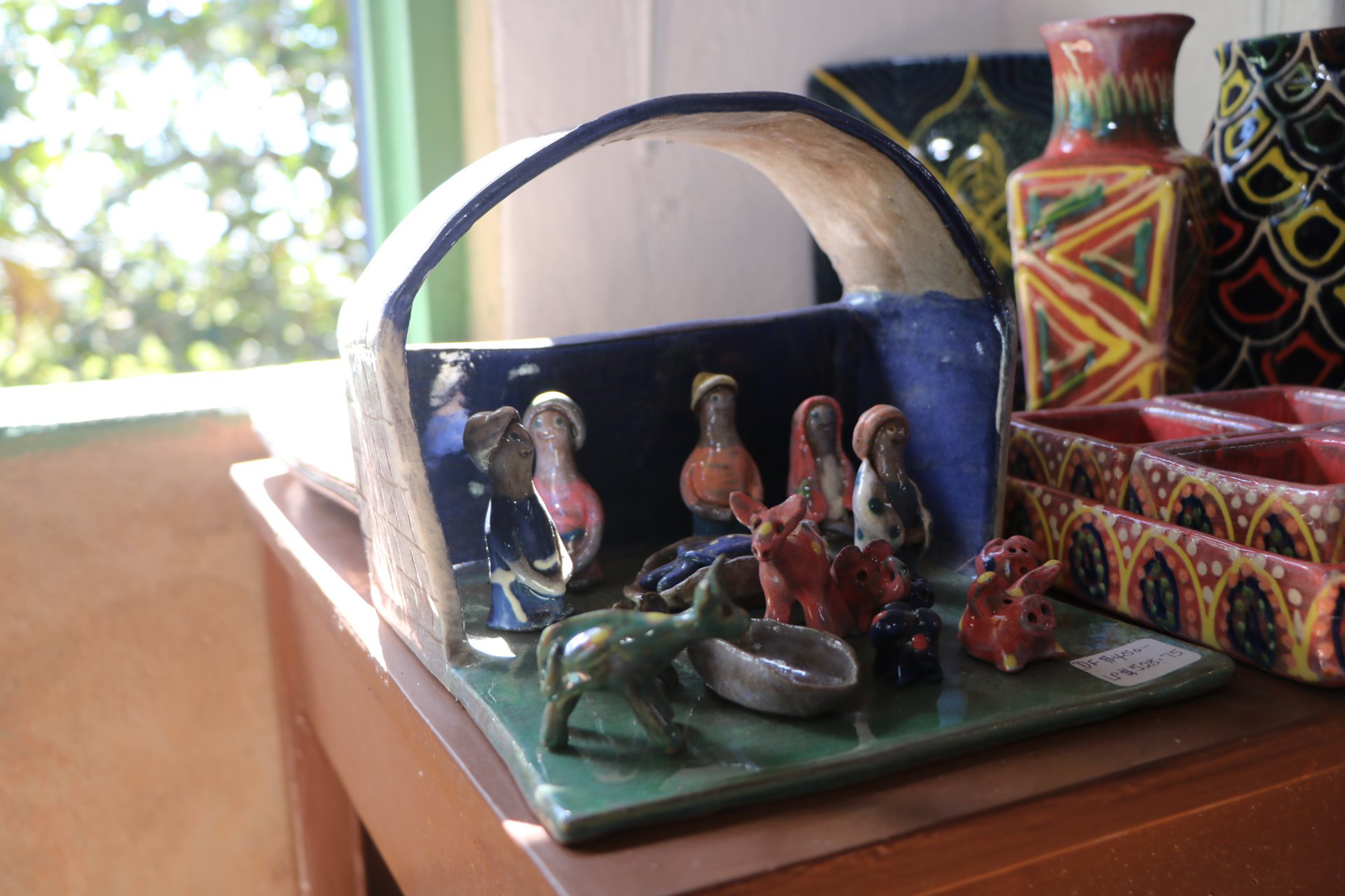
For those who like to get their hands dirty without the physical exertion of hiking through caves, you may want to explore the local pottery scene, and Earthworks Pottery is a great place to start! This pottery house specialises in red clay ceramic pieces, which are fired to produce a large range of products with a unique design. Their work has a range of uses and is lead-free, making it perfectly safe to use for both kitchenware and decorative purposes. If you want a closer look at how this nearly 40-year-old company produces their functional works of arts, guests to the pottery are welcome to tour the area during working hours when their staff can give you a step-by-step explanation of their process. After the tour, you can browse and purchase some of their speciality pieces on display in their shop!
Lion Castle Polo Grounds
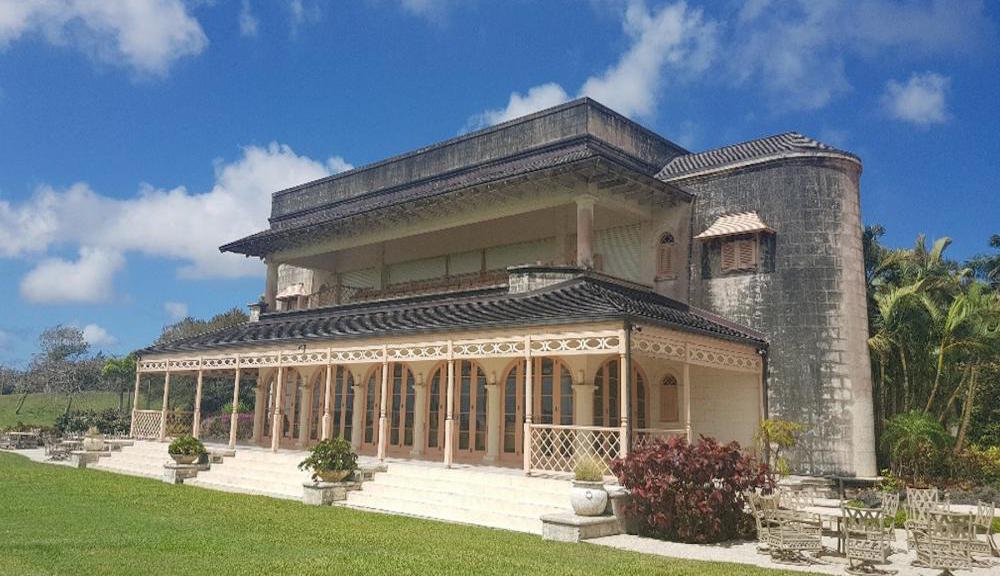
Memories of colonial Barbados are scattered across the island in many forms. One such memory exists in the stately plantation houses, many of which have been carefully preserved. Situated in St. Thomas, the plantation house at Lion Castle estate was built from coral stone in 1721. The estate boasts picturesque views of the south and west coasts and a polo field on its expansive grounds. Polo in Barbados is a sport with an international following and with growing local interest. A trip to the Lion Castle Polo Grounds during the game season will afford visitors a chance to enjoy the excitement of the sport while appreciating the beauty of the historic house and grounds.
Bagatelle Great House
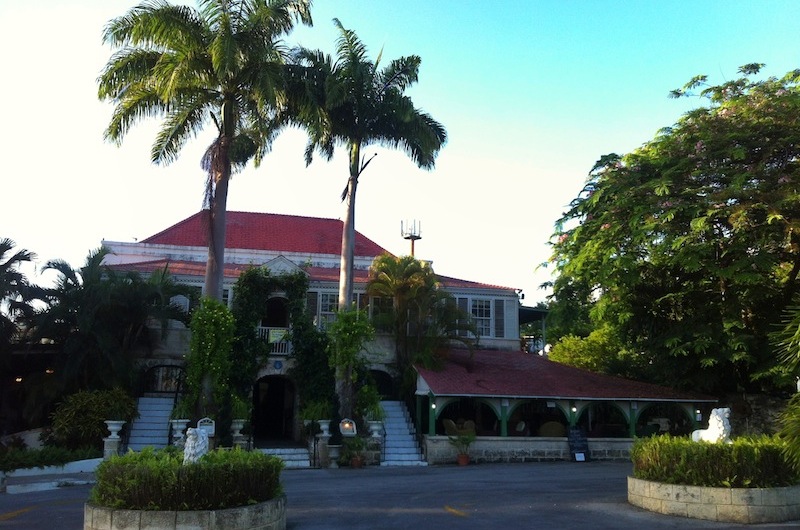
Another historic attraction in St. Thomas is the Bagatelle Great House, which was formerly a sugar plantation. Built in 1645, this property now houses 3 restaurants which cater to varying tastes, whether at breakfast, lunch or dinner. The grounds of the Great House are beautifully maintained, with gardens, walkways and ponds providing the perfect backdrop for a photoshoot with an island vibe. This combination of scenic landscaping with on-site dining has made this venue a favourite among locals and visitors who are planning special celebrations like weddings. But even if you’re not planning your nuptials or attending another event, you can visit Bagatelle Great House for a tour of the property to simply enjoy its splendour.
The Portvale Sugar Factory
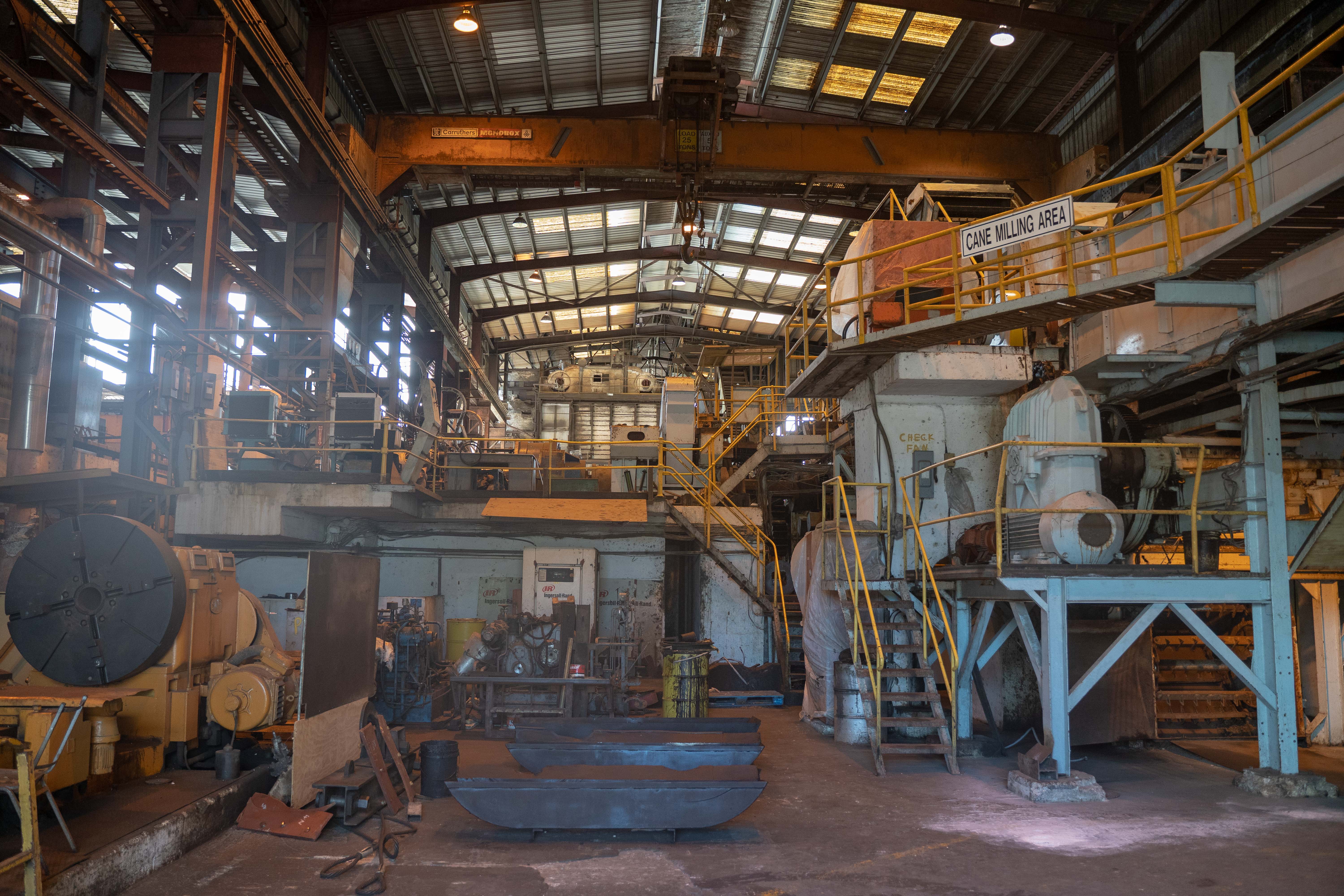
Great houses in Barbados were attached to sugar production, and the island became well-known as the top producer of sugar during colonial times. The history of this period has been archived at the Frank Hutson Museum, located at the only working factory on the island – the Portvale Sugar Factory. A tour of this museum will take you back to the early production of sugar in the 17th and 18th centuries, before the introduction of modern technology. Equipment from that era is on display, along with photos which highlight the realities of working conditions. In contrast, you can step over to the Portvale Factory where modern equipment is used in the ongoing sugar production. Tour guides will safely walk you through the production journey, ending with a sample of freshly made golden crystals of sugar.
The Rock Hall Freedom Monument
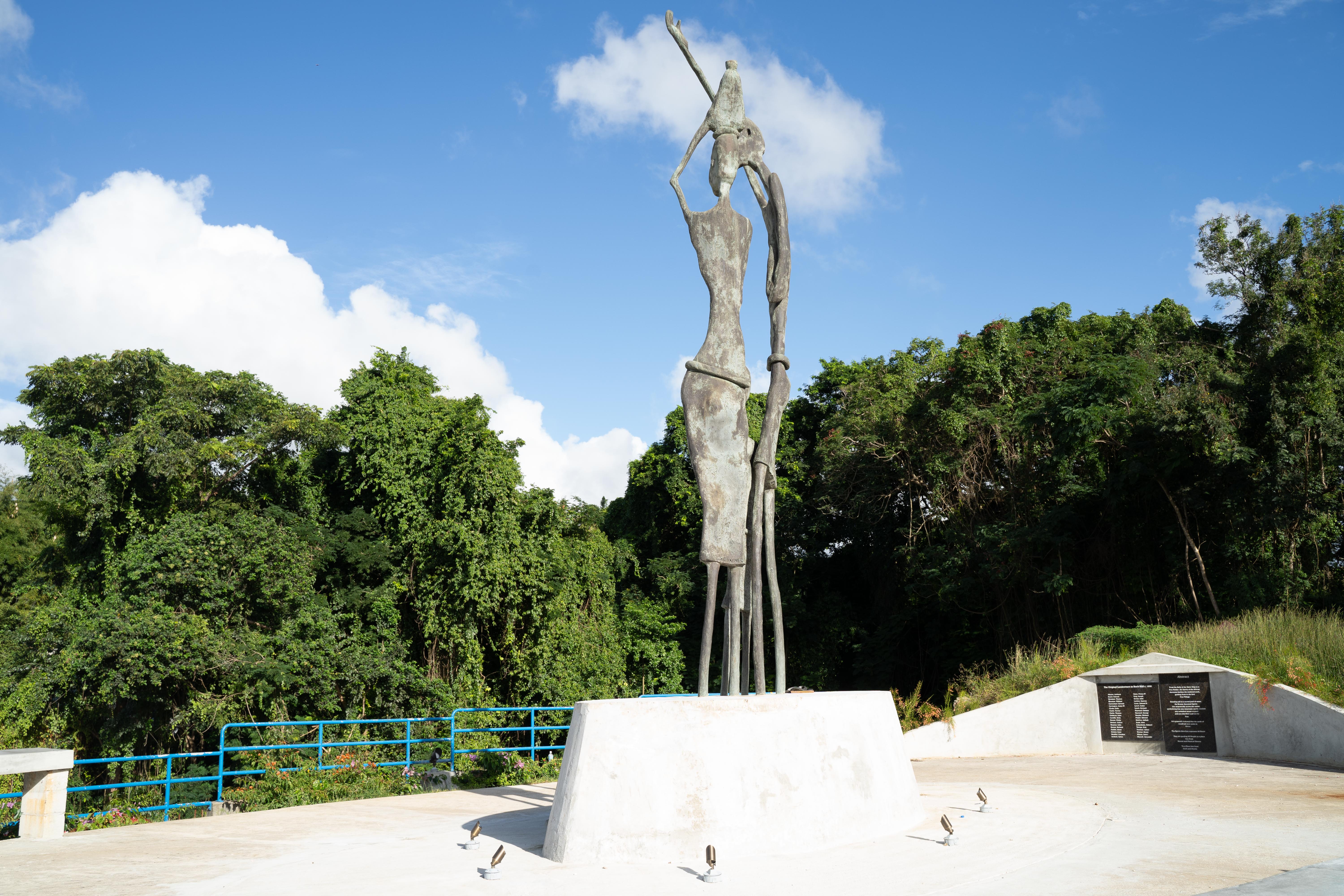
The success of the sugar industry in Barbados is intertwined with colonial rule and, consequently, with the period of enslavement. While this was a dark time in the island’s history, St Thomas is home to a monument which stands in commemoration of the first free village which was established after emancipation – The Rock Hall Freedom Monument. This heritage site was opened in 2005 with the towering monument which depicts a freed family as sculpted by Barbadian artist Stanton Haynes. Reflecting on a time when the plantation and sugar economy ruled the island, this monument reminds us of the historic and cultural significance of owning land as a former slave in 1834. A visit to this village is like a historical pilgrimage as you may be fortunate to meet the descendants of the original owners of the land.
The St. Thomas Parish Church
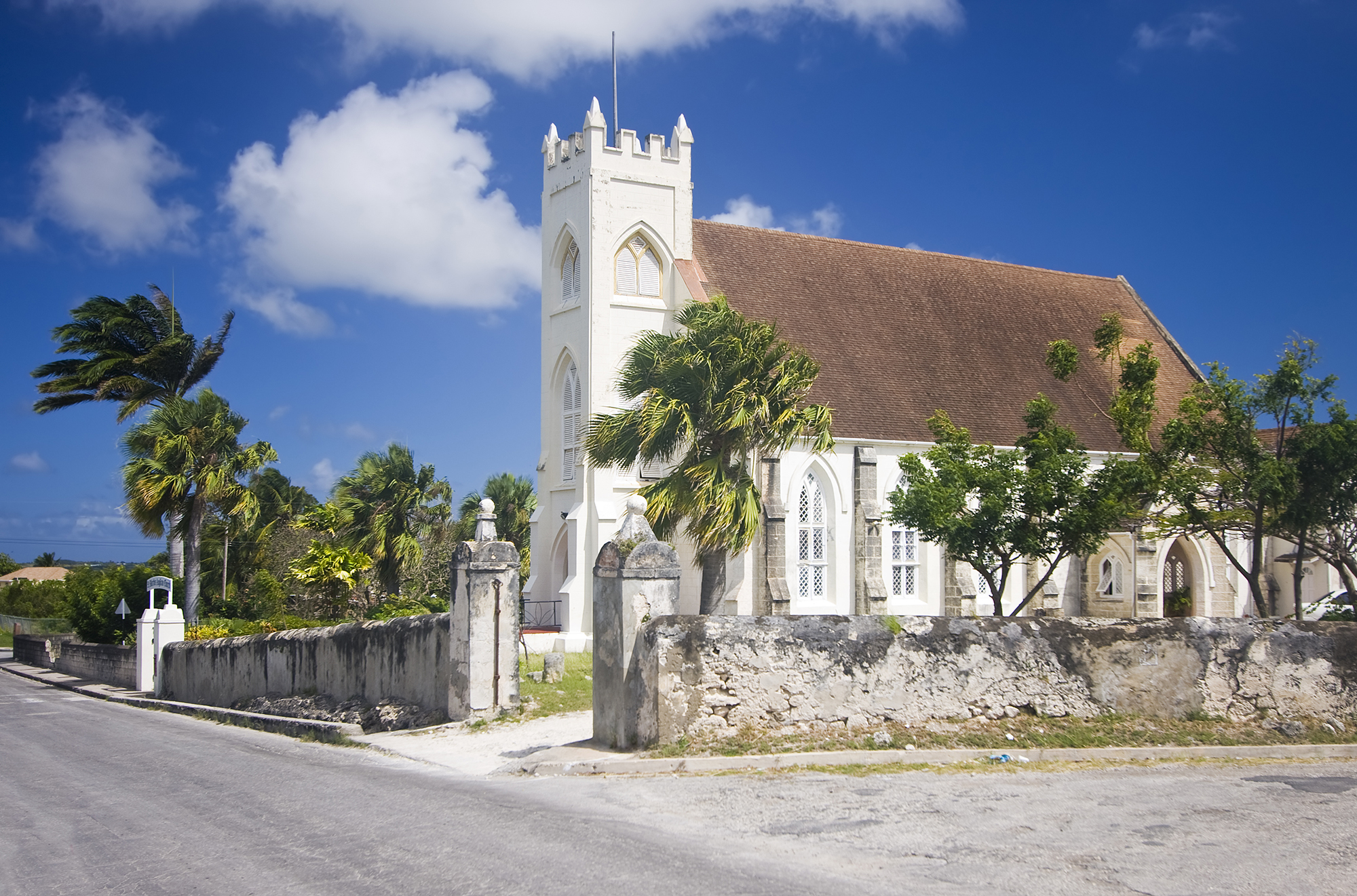
A short distance away from the village is another landmark which commands your attention as you travel along the highway. The St. Thomas Parish Church was first built in 1629 but was destroyed by a hurricane in 1675. Two other buildings met that same fate, with the 4th church being constructed a short distance away in 1836. That last church still stands today. The shift in location resulted in a change of the parish boundaries since its present site was originally in the parish of St James. A beautiful, imposing structure, the St. Thomas Parish Church is less gothic in design than many of its counterparts on the island. But do not be fooled by its large, aged coral stone walls. This church of the Anglican Diocese was one of the first on the island to embrace modern technology, so you can get a glimpse of the inside through their live streaming of services!
With such a range of attractions of natural and historical interest, St. Thomas is a parish that you must visit on your trip to Barbados. Whether you’re interested in ecosystems, heritage sites, or want to enjoy a game of polo, you can have all that and more in this central parish of Barbados.